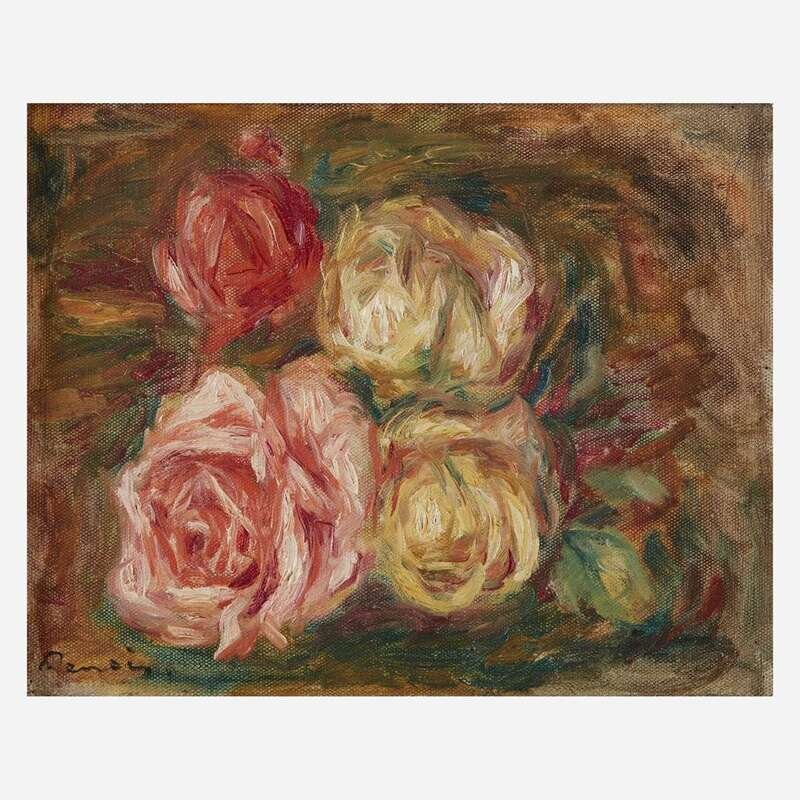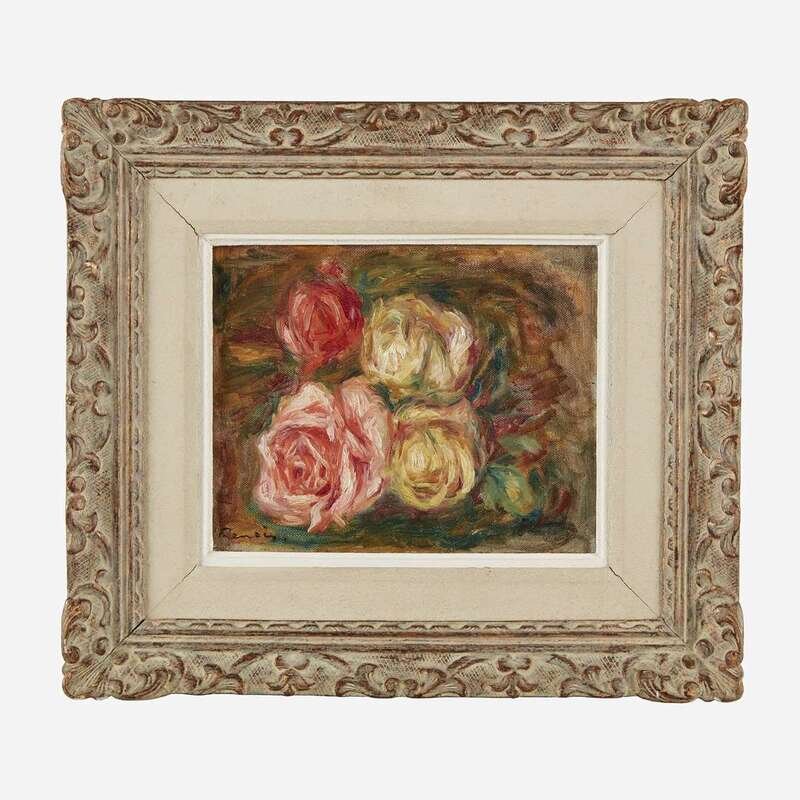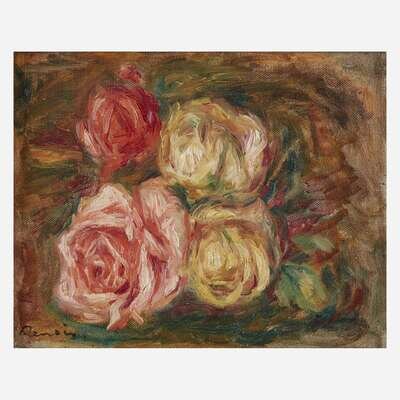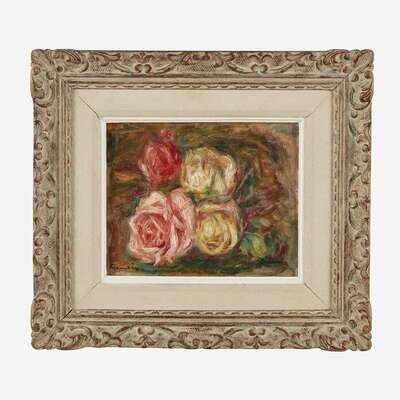Condition Report
Contact Information
Lot 58
Pierre-Auguste Renoir (French, 1841–1919) Roses
Sale 5953 - European Art & Old Master Paintings
Feb 23, 2021
7:00AM ET
Live / Philadelphia
Own a similar item?
Estimate
$60,000 -
100,000
Price Realized
$302,400
Sold prices are inclusive of Buyer’s Premium
Lot Description
Pierre-Auguste Renoir (French, 1841–1919) Roses



